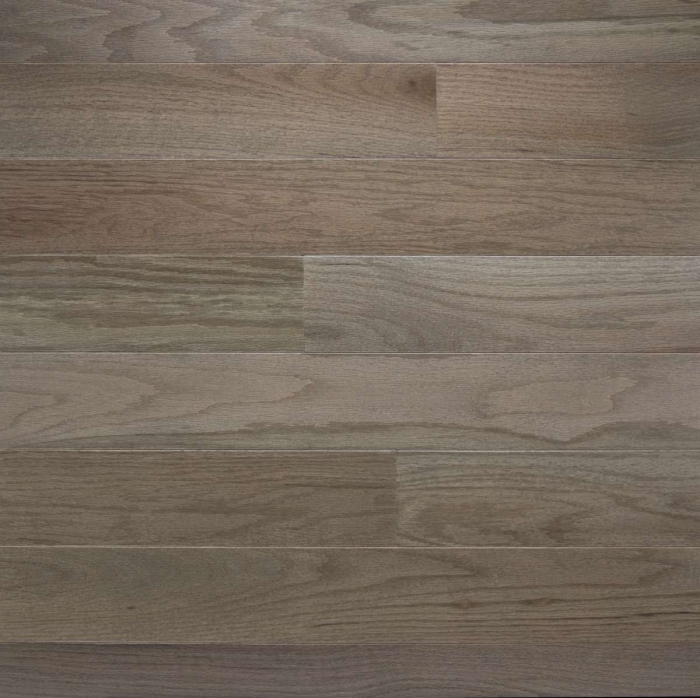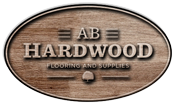You'll find hardwood flooring that suits virtually any style. Here are some considerations to keep in mind when choosing your wooden floors for the kitchen:
Tough Enough? When treated right, hardwood floors last a lifetime. But beware of pets' claws and high heels, never leave standing water, and consider window treatments to limit sunlight.How to Clean: Wipe up spills immediately. Sweep, dust, or vacuum regularly and occasionally wipe the surface with a damp mop or cloth. Avoid oil-based sprays, waxes, and polishes, as well as abrasive cleansers.
We carry a big variety of hardwood floors and our professional staff members will be more then happy to choose floors for your kitchen.
Polishing Hardwood floors
A finish on hardwood floors does not last forever. It may be that your floors need to be refinished. You can extend the life of a floor finish by making a no shoe policy, clipping pet nails, and using furniture protectors. Even with these precautions, eventually a hardwood floor will need to be refinished. Here are some steps of how to do it in a correct way:
Remove as much furniture as possible. If you are cleaning your floor alone, place furniture pads under the legs and slide the furniture out of the room. Vacuum your hardwood floors to get up all the dust and debris before you clean it. Vacuums with faulty wheels can scratch floors, so pick up dust with a broom if you don’t have a good mode. Find out about your hardwood floor if you don’t know what the wood is and the finish is. Hardwood floors have a hard finish and can be cleaned with a small amount of water, while shellac or lacquered floors can’t have any water on them and may need to be waxed regularly.
We carry Soemrset Flooring Brand - Vertically Integrated—from the Forest to the Finished Product.
Somerset processes millions of board feet of lumber a year. Throughout our operations, including our own lumber manufacturing, and drying, milling, and finishing of hardwood flooring, we maintain control over the entire process. This is an important reason we are able to consistently produce quality products that we can be proud of and you can be confident in.Visitr our showroom today! 







